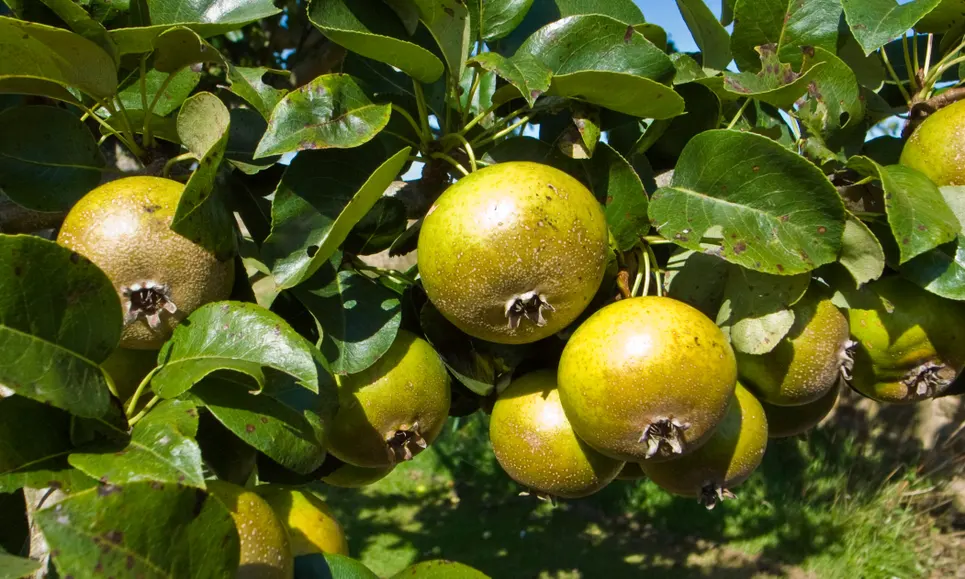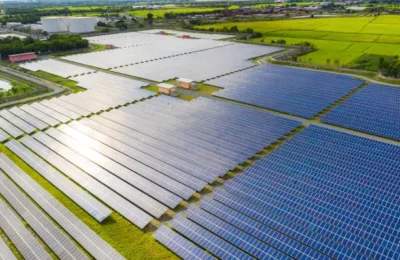A worrying article from The Guardian…
Endangered foods: why our diet is narrower than ever – and the UK urgently needs to save these seven foods
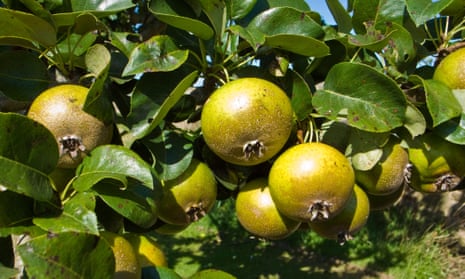
Cheshire cheese, beremeal and norfolk beefing apples are among the UK foods at risk of vanishing for ever. And it’s not just our palates that will suffer, but the planet.
What does it mean when a food or drink becomes “endangered”, when there are so few people producing it that it is on the brink of disappearing for ever? Should we worry, as we do about ancient ruins and the giant panda? Or should we conclude that the loss of historic cheeses, cakes, fruits, booze and even animal species is the sad but inevitable result of people’s palates and priorities changing?
On the one hand, it is hard to be too sad about Britain’s vanishing apple varieties next to the more immediate problems facing the country. If granny smiths and Pink Ladies are always available, what is the point in mourning the demise of the Blenheim orange apple? But it is not just apples that are disappearing. In Ark of Taste, a catalogue of endangered foods by the Slow Food movement, 5,952 are registered around the world, while in his book Eating to Extinction, food journalist Dan Saladino charts the demise of varieties of grains, pigs, cheese, wine and even coffee beans.
“I had to force myself to really explore why we should care,” Saladino says. “That revealed to me the importance of diversity not just in the past, but in the future,” with some endangered foods potentially holding the key to many of our present-day crises in agriculture, climate and energy.
Hang on, you might think. There is more choice on our shelves than there has ever been. Breakfast cereal alone is dizzying in its variety. How can there be a diversity problem in food, when Sainsbury’s has 84 different sausage products? That’s the paradoxical thing, says food historian Polly Russell. “It appears that we have incredible choice and variety – more than perhaps at any other time – and it is true that the number of products available to the individual consumer has gone up. But the diversity of crops worldwide has gone down. The vast majority of those products you see in the supermarket will have been made with a very limited number of ingredients, like wheat, maize, palm oil and soy.”
The data is jaw-dropping. Of the 6,000 plant species humans have eaten over time, the world now mostly grows and consumes only nine, of which just three – rice, wheat and maize – provide about 50% of all calories humans consume. Add potato, barley, palm oil, soy and sugar to the mix, and you have 75% of all the calories. But diversity within these crops is also disappearing, as we rely on an ever-smaller number of high-yielding varieties.
“Control of the world’s seed production is in the hands of just four corporations,” says Saladino. “More than half the world’s cheese is made with enzymes and starter cultures from the same Danish company.” That “diversity” you see in the dairy, cereal and even fruit and vegetable aisles is an illusion.
This is troubling on several levels, the most obvious being to do with nutrition. Obesity is the fifth leading cause of death around the world, and has nearly tripled since 1975. This potentially lethal condition, like many more, is largely diet-related, the result of eating more sugar and less fibre.
“Palates globally are becoming more the same, as diversity disappears. They are becoming more tailored to sweet things,” says Saladino. Then there are those people who are not getting enough to eat as a result of the crop failures caused by water shortages and reduced soil fertility, a shocking example of which we saw in India earlier last year.
The modern wheat, maize and rice crop varieties that were specially bred in the US and UK to be high-yielding, and which were rolled out around the world in the late 20th century, cannot weather the climate crisis and soil erosion. Indeed, they are contributing to it. Their shallower roots and shorter stems make them more reliant on chemical fertiliser – the manufacture of which is carbon-intensive – and more vulnerable to pests and disease than the deep-rooted, long stemmed and highly adaptive regional varieties they replaced. “These postwar solutions for global hunger resulted in the miracle of feeding millions – but they also reduced biodiversity and resulted in deforestation, monocultures, and all the consequent public health problems,” Russell says.
Here are seven of the UK’s most endangered foods.
Cheshire cheese
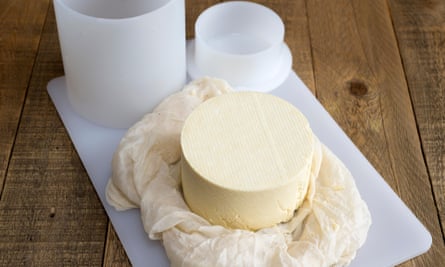
“People don’t think of cheshire cheese being endangered, because they can buy it from Sainsbury’s,” says Shane Holland, CEO of Slow Food UK. Yet the vast majority of this cheshire cheese is not made in Cheshire, let alone made traditionally.
In the 17th and 18th centuries, cheshire was what cheddar is now – the go-to cheese for most people. At its height, there were 3,000 producers. Now only the Appleby family produce traditional cheshire, with unpasteurised milk from their own herd, house-made cultures and salt from the Cheshire plains. The wheels of cheese are even matured in barns with timbers dating back to Napoleonic times. It is a far cry from the pale shrink-wrapped blocks made from mass-produced bacterial cultures, and the same breed of cows eating the same high-energy feed you find in all industrial dairy farms. Preserving cheeses preserves diversity in “soil, grasses, animal breeds and microbes … and knowledge of how to turn landscapes into food,” writes Saladino.
Beremeal
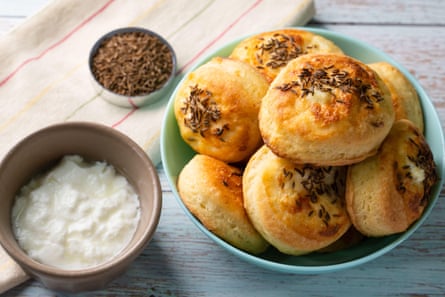
Hardy, fast-growing and tolerant to extremes, bere is the crop for our times, yet we hardly grow it. Once a staple in Scotland, by the 1990s there was only one mill working with it, on the island of Orkney. Modern, fertiliser-fuelled cereals that could grow where once only traditional varieties could had gradually replaced it. Cheap, processed food replaced traditional bere-based dishes, such as the Scottish biscuity flatbreads known as bannocks.
“All over the world there are cereals which were grown for centuries because they were specifically adapted to a given climate, and there are whole food cultures and traditions born of that,” says Josiah Meldrum of the sustainable British grain supplier Hodmedod. “This diversity disappears when we commodify cereals and make them uniform.”
Fortunately, bere and other traditional cereals are returning, thanks to people such as Peter Martin, an agronomist working to protect Scotland’s disappearing cereal varieties. Realising that bere was nutrient dense, and grew quickly and easily without fertiliser, Martin encouraged the retired miller to reopen Orkney’s sole mill, and now the island has returned to farming, baking and brewing with bere. “The diversity and resilience of traditional grains means they can’t just be a nice, niche thing. They need to be what thousands of farmers are growing,” says Meldrum, who is working to support and introduce traditional cereals such as bere across the UK.
Norfolk beefing apple
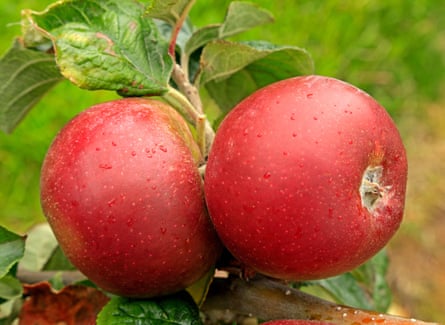
In Victorian Britain, you could eat an apple a day for four years and not eat the same apple twice. Then, during the 20th century, breeding programmes in New Zealand, Australia and South Africa focused on high-yielding varieties that could be picked early and transported long distances. The creation of refrigerated container ships meant these apples could be carried around the globe, and led to the destruction of apple diversity everywhere. “Unable to compete, two-thirds of British orchards were gone by the 1980s,” says Saladino.
Uniformly sweet, crunchy and consistently coloured apples replaced once popular varieties such as the norfolk beefing. Richly flavoured and long-lasting, norfolk beefings were often slowly dried in the ovens of Norfolk breadmakers to create biffins – a Victorian Christmas delicacy. Today, only a few trees remain. The norfolk beefing is one of hundreds of such apple stories, representing the loss of regional dishes, biodiversity and food security. “We import 70% of the apples we eat, despite having one of the best climates for them,” Holland says.
Perry

The word perry can refer to a fermented pear juice drink and the wild pear trees from which it hails. These trees were once a classic – and ecologically vital – part of the landscape of England’s home counties, where perry was traditionally made. “For centuries, it was enjoyed in this country,” says Russell. “The reason it falls from favour is mainly production.” “It is booby-trapped,” agrees drinks writer and author Pete Brown. “Pears take decades to come to maturity, they have to be picked, rather than harvested from the ground, and each batch varies according to the pear varieties used. For all these reasons, perry can’t be produced on a commercial scale.” And yet, Brown continues, it is “one of the most gorgeous drinks, rivalling champagne for complexity and delicacy.”
Fortunately, there are signs of revival. Farmers such as Tom Oliver in Herefordshire are “finding rare perry varieties in hidden corners and making perry from them. There is excitement around it,” says Brown. “It’s marginal, but it’s better than it was.”
Saddleback pigs
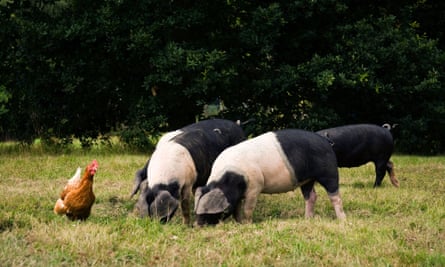
“We think about the giant panda as being endangered, but there are far more pandas in the world than there are saddleback pigs in the UK,” says Holland. Picture-book pigs – black with a pink stripe and floppy ears – they are one of the UK’s 11 native pig breeds, all of which are at risk of extinction. Their ancestors, the wessex and essex saddleback breeds, have already disappeared, victims of the pork industry’s inexorable shift toward intensive farming.
Today “pigs are one of the most industrialised and globally traded animals in the world,” says Saladino. Britain played a huge part in that, crossing Asian and European genetics to create more docile, productive pigs, with sweeter meat. The most commercial of these was the large white, which was refined and exported all over the world, creating “an unprecedented level of homogeneity and scale”.
In 2018, swine fever arrived in China and decimated pig stocks; it has since spread through industrial pig farms in Asia and Europe, where confined conditions and genetic homogeneity makes pigs more susceptible to the disease. By contrast, the saddleback is well suited to organic, free-range systems, in which they can forage in woods and work in tandem with crops by clearing and fertilising the soil between harvests.
Meat from free-range, organic pigs are reported to have more iron, omega 3 and vitamin E than intensively reared pigs. The meat is also “particularly delicious”, says Holland. Preserving these breeds is “about resistance to disease, but it is also about flavour. To save these foods, we have to realise their value.”
Scottish birch water
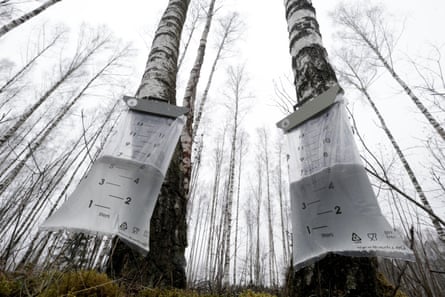
The sap of the birch tree encapsulates not just minerals, vitamins, enzymes and amino acids, but ancient Celtic culture and beliefs. Because birches are pioneer species – the first trees to colonise a landscape after natural devastation such as fire – they have historically been associated with fertility and renewal. Their sap, tapped using a method that has barely changed in millennia, is used for medicinal purposes, as a basis for wine, and as a liquid to make porridge and poach fish.
In recent years, urbanisation has hastened a decline in birch water that began in the 18th century, with forced evictions of Scottish highlanders to make room for sheep farming, to the point where only a few Scots were left who tapped birch for their own use; all commercially available birchwater was made outside the country. Now there are signs of a revival thanks to people such as Rob and Gabrielle Clamp of Birkentree, who in 2017 became the only producers to tap for birch water in Scotland, to sell as a health drink and an accompaniment to whisky.
Wild Atlantic salmon
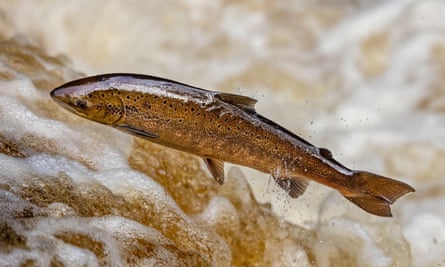
Wild Atlantic salmon is in imminent danger. “We have fished and fished until we’ve depleted the population, we’ve transformed the river systems with dams and pollution, and we are seeing the effects of climate breakdown and the acidification of oceans,” says Saladino. Its numbers in England last year were the lowest on record, and they have disappeared almost entirely from many rivers across Europe and the north Atlantic. When salmon goes, we lose not just a uniquely flavoured fish but fishing traditions, products and an entire way of life. Already any salmon you find in the shops that is labelled wild will be Pacific, not Atlantic.
There is no shortage of salmon generally, thanks to huge farms in Scotland, Norway and Chile. But these are genetically different, bred to eat a lot and grow quickly, not to survive a 4,000-mile journey through rivers and oceans, and there are fears that, far from saving wild salmon populations they are contributing toward their decline. Reports suggest wild salmon can become genetically contaminated when their farmed counterparts escape and that the lice that afflict farmed salmon are also spreading out of the pens into wild populations. The decline of wild Atlantic salmon is, writes Saladino, “a natural barometer for the state of the Earth.”

